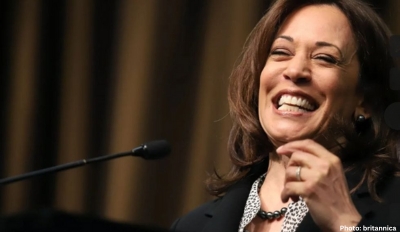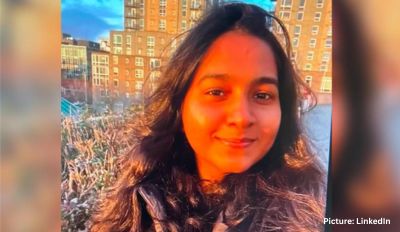India’s daily coronavirus infections have dipped below 100,000 for the first time in more than two months as an overall downturn prompts some states to ease restrictions. India also reported 2,123 new fatalities in the past 24 hours, raising the overall death toll to 351,309. Both figures are believed to be vast undercounts.
India’s daily coronavirus infections have dipped below 100,000 for the first time in more than two months as an overall downturn prompts some states to ease restrictions. The 86,498 cases added in the past 24 hours pushed India’s total past 29 million on Tuesday, June 8th is second only to the United States, which has more than 33 million. The Health Ministry also reported 2,123 new fatalities in the past 24 hours, raising the overall death toll to 351,309. Both figures are believed to be vast undercounts.
 India peaked at adding more than 400,000 cases a day in May, but new infections and deaths have declined across the country since then. There were 85,801 new cases of Covid-19 across India on Monday, the first time fewer than 100,000 infections were added since April 5.The number of coronavirus disease (Covid-19) cases in Delhi reduced further on Monday, dipping below the 300-mark for the first time since March 4. The Capital reported 231 new cases of the viral infection, showed Monday’s health bulletin.
India peaked at adding more than 400,000 cases a day in May, but new infections and deaths have declined across the country since then. There were 85,801 new cases of Covid-19 across India on Monday, the first time fewer than 100,000 infections were added since April 5.The number of coronavirus disease (Covid-19) cases in Delhi reduced further on Monday, dipping below the 300-mark for the first time since March 4. The Capital reported 231 new cases of the viral infection, showed Monday’s health bulletin.
With over 63,000 tests, the test positivity rate — proportion of samples that return positive — also fell further to 0.36%. The positivity rate in the city has stayed below 1% for eight days in a row, after the city saw its fourth and worst surge of cases between April and May.The city has added an average of 462 new cases each day over the past week.The test positivity rate is a vital metric to understand the spread of an infection in any region. The World Health Organization recommends a positivity rate below 5% before an infection can be considered under control in a region. In Delhi, the positivity rate has been below this number for 18 days now.
At the peak of the surge, Delhi recorded over 28,000 new cases in a day and a positivity rate of over 36%. The number of deaths has also reduced with the daily toll below 100 for five days in a row now. Fewer than 50 deaths were reported for the last two days, with 36 more fatalities reported in Monday’s bulletin. At the height of the fourth wave, 448 succumbed to Covid-19 on a single day (May 3).“It is highly unlikely that there will be a third wave unless the virus mutates. Hence, there is a need for the government to keep a close eye on the virus in circulation to pick up any mutations of concern quickly. In addition, the respite between the second and third surge in cases must be utilised for preparing for the next wave by creating permanent infrastructure and vaccinating the population,” said Dr Jacob John, former head of the department of virology at Christian Medical College – Vellore.
Dr John also said that governments should study the immune response generated if mixed doses of vaccines are used, if a half dose-full dose or a full dose-half dose regimen is used like it was mistakenly done in the global trial for the Oxford-AstraZeneca vaccine.The downturn has led some states to ease restrictions on commercial activities to spur consumption. Multiple states have, however, extended lockdowns and have been reluctant to reopen.A staggering change of course for a country that just reported its worst month of the pandemic, parts of India, including the capital city of New Delhi, are moving to ease some coronavirus restrictions over the coming week after reporting a sharp decline in new cases and deaths.
Some experts have sounded the alarm about a premature easing of restrictions. World Health Organization Chief Scientist SoumyaSwaminathan in mid-May warned data about dropping cases is unreliable due to a lack of testing in rural areas where the virus is still spreading quickly. “There are still many parts of the country which have not yet experienced the peak,” Swaminathan said, adding: “Testing is still inadequate in a large number of states.”Meanwhile, the federal government is going to take over vaccine procurement from the states and ensure vaccines are provided free of cost to every adult Indian. India’s vaccination drive has been marred by delays and shortages. Less than 5% of the population is fully vaccinated.











